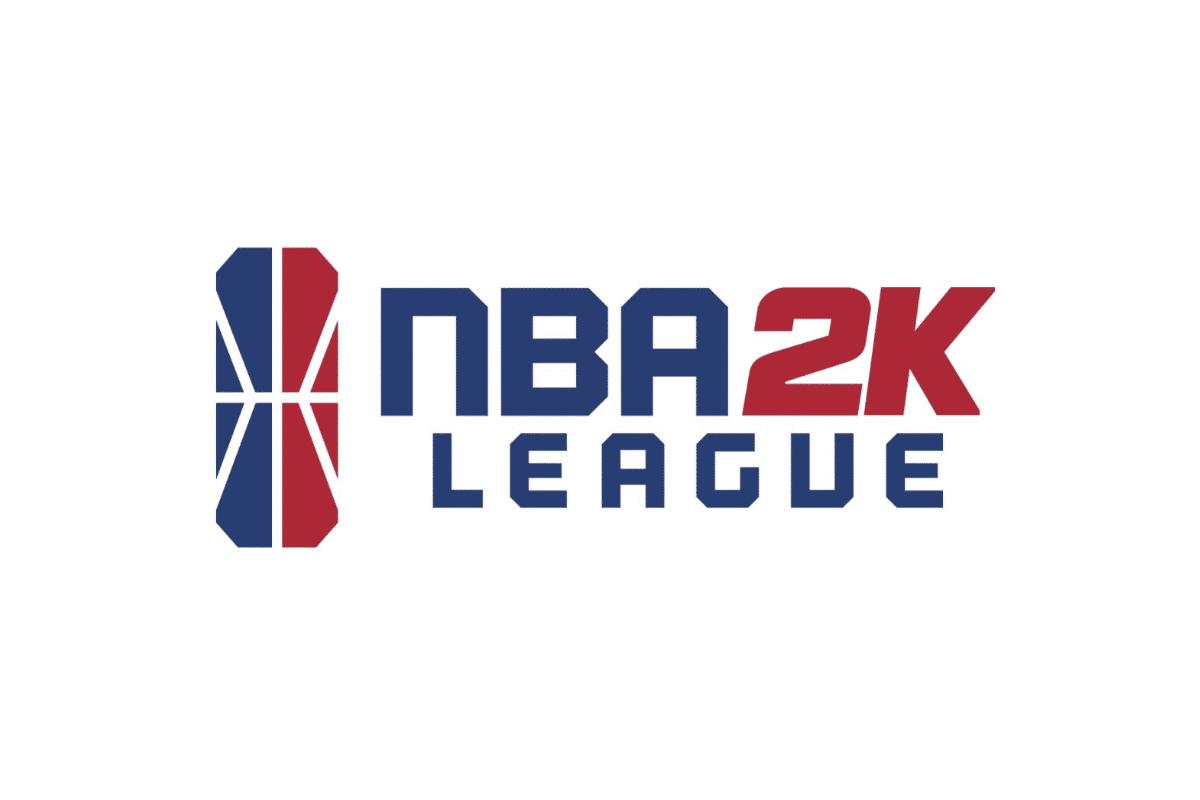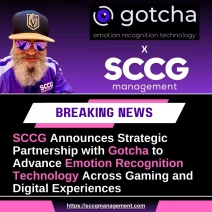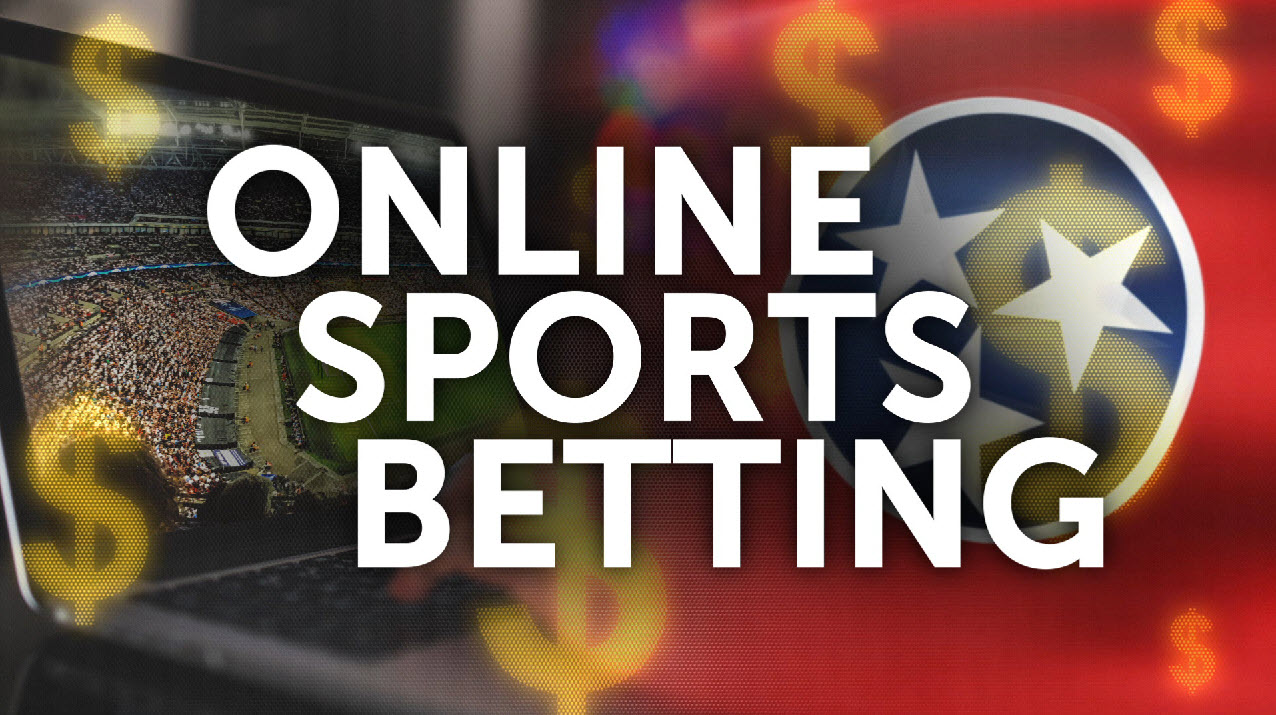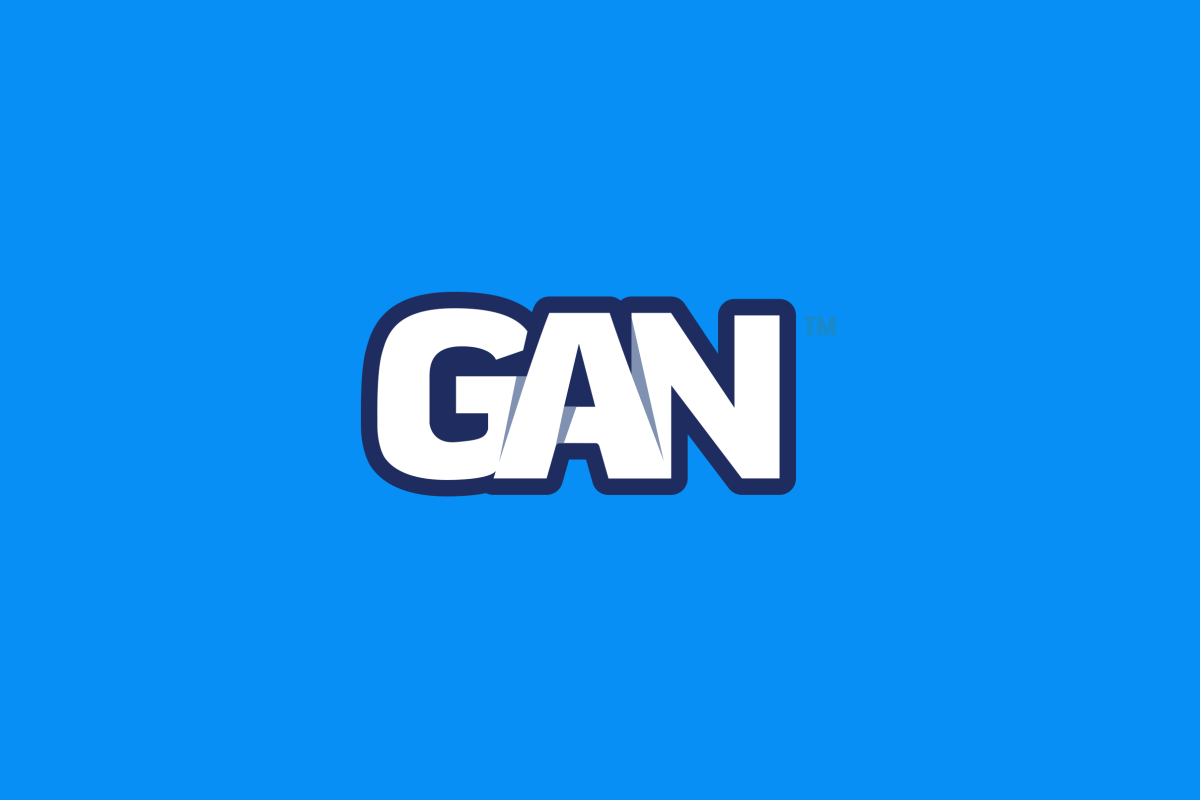
NBA 2K LEAGUE ANNOUNCES NEW TRYOUT PROCESS FOR SEASON 4
– #2KLGrind Begins this Month with More Than 35 NBA 2K League
Team-Hosted Pro-Am Tournaments as Part of the “NBA 2K League Draft Prospect Series” –
– Select Draft-Eligible Players to Participate in First-of-its-Kind NBA 2K League Combine in February –
The NBA 2K League announced a new tryout process for the league’s fourth season, set to take place in 2021. The new format will include more than 35 Pro-Am tournaments hosted by NBA 2K League teams as part of the “NBA 2K League Draft Prospect Series,” a League‑hosted event featuring winning teams from these tournaments, and a first‑of‑its‑kind NBA 2K League Combine. The League‑hosted winners’ event and the Combine will include only players who are eligible for the 2021 NBA 2K League Draft, providing NBA 2K League teams with an unparalleled opportunity to evaluate players before the Draft as they compete in high‑intensity gameplay.
“As we continue to grow and evolve the NBA 2K League, we’re excited to implement a new tryout process for our fourth season that will give Draft hopefuls more ways than ever to make the league,” said NBA 2K League Managing Director Brendan Donohue. “By awarding Draft eligibility on a rolling basis to members of the 2K community who excel in the tournaments our teams host as part of the NBA 2K League Draft Prospect Series, we will enable 2K fans and players alike to engage with the League and showcase their excitement throughout the offseason. And for the first time, a winners’ event in December and Combine in February will give our teams the opportunity to evaluate Draft-eligible players as they compete against only each other, enabling them to make even more precise determinations about the best NBA 2K players in the world ahead of Draft day.”
Beginning this month through early December, every NBA 2K League team is eligible to host up to two NBA 2K21 Pro-Am tournaments as part of the NBA 2K League Draft Prospect Series, one on Sony PlayStation 4 and one on Microsoft Xbox One, and the winning teams from each tournament will advance to a winners’ event in December. In January, following the release of Sony and Microsoft’s next-generation consoles, the NBA 2K League Draft Prospect Series will continue with up to eight NBA 2K League teams hosting NBA 2K21 Pro-Am tournaments on Sony PlayStation 5 or Microsoft Xbox Series X. All players on the winning team from each team‑hosted tournament—on both current‑generation consoles and next‑generation consoles—will be made eligible for the 2021 NBA 2K League Draft. NBA 2K League teams will also be able to select one player not on the winning team of each tournament they host to receive a “Prospect Badge” and become Draft-eligible. Players who earn eligibility for the 2021 NBA 2K League Draft through NBA 2K League Draft Prospect Series tournaments are not eligible to compete in subsequent tournaments during the Series.
In an effort to continue developing and showcasing female 2K players, the NBA 2K League is collaborating with several elite, all-woman 2K teams as they participate in non-NBA 2K League‑sponsored Pro-Am tournaments taking place this fall. The top-performing players from these teams as well as other top‑performing players in the 2K community will be invited to compete in the NBA 2K League’s second Women in Gaming Development Camp in February. The Women in Gaming Development Camp will feature these top players showcasing their skills as they compete alongside and against current NBA 2K League players.
The NBA 2K League will award additional Draft eligibility to a select number of players, including international players, participants in the Women in Gaming Development Camp, and high-performing players in the 2K community, as determined by league and team officials. All players (including players identified through the NBA 2K League Draft Prospect Series) must be 18 years or older by Oct. 1, 2020 in order to participate in the Season 4 tryout process, and must satisfy the NBA 2K League’s requirements to be eligible for the NBA 2K League Draft.









